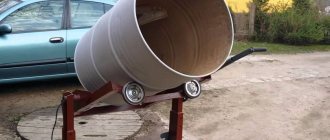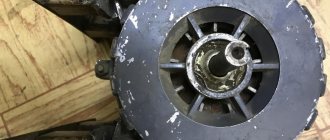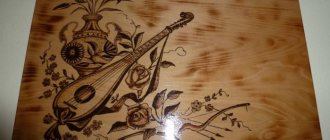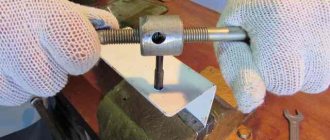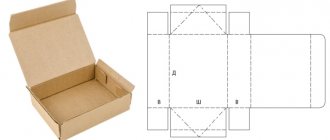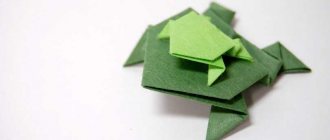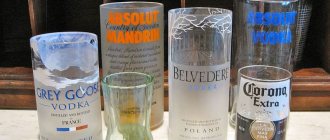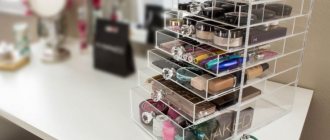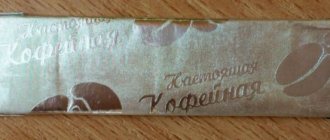You charge a homemade Leyden jar with a comb and it sparks))
- 10 Pages
- » First
- ←
- 8
- 9
- 10
- You cannot create a new topic
- You can't reply to the topic
#181 denko125
- Inventor
- Group: Users
- Posts: 392
- Registration: 24 November 11
Posted 07 February 2012 — 07:24
#182 MagoneJanis
- Amateur DIYer
- Group: Users
- Posts: 95
- Registration: 27 October 11
Posted 26 February 2012 — 15:04
» |_________. ________ |_||__|________||
This spelling is like kung fu!!!
#183 Denisi4
- Krivoruchka)
- Group: Beginners
- Posts: 1
- Registration: 28 August 12
Posted 28 August 2012 — 23:26
The structure is the same as Muschenbroek himself made it (well, almost). Foil on the outside, water with salt inside, copper wire with a diameter of 3 mm, and a ball of foil at the end. I made it in 10 minutes, and tried to charge it with a comb, TV, but nothing worked. Then, a day later, a lighter caught my eye, and I thought, what if I charged my light bulb with a piezoelectric element from an ordinary lighter. Well, I charged it for 3 minutes, and then shorted it with a wire, and I got a spark of 2 millimeters. In general , whoever thinks that his jar is not charging, let him try to do it like me, and he will succeed. I wish all home-made people good luck in their “inventions.” And I went to make an electrophore machine for my jar. When I finish that too, I’ll post it photos.
#184 vit105
- Krivoruchka)
- Group: Users
- Posts: 15
- Registration: 06 June 11
Posted 30 March 2013 — 00:36
#185 MrNosferato11
- Amateur DIYer
- Group: Users
- Posts: 81
- Registration: 06 February 13
Posted 02 April 2013 — 19:41
#186 MrNosferato11
- Amateur DIYer
- Group: Users
- Posts: 81
- Registration: 06 February 13
Posted 03 April 2013 — 06:51
#187 MrNosferato11
- Amateur DIYer
- Group: Users
- Posts: 81
- Registration: 06 February 13
Posted 03 April 2013 — 15:01
#188 STEN50
- Inventor
- Group: Users
- Posts: 442
- Registration: 01 April 13
Posted 10 April 2013 — 21:44
A candy can is a capacitor, with two foil plates and a dielectric between the plates.
The larger the area of the foil of the plates, the smaller the distance between the plates and the better the dielectric, the greater the capacity of the can. This means the spark power will be greater.
As a dielectric, it is BEST to take a glass jar, wash it well and dry it. In order to have as little leakage as possible in the insulator. Of course, the less the leakage, the longer the charge will remain in the LB.
The pin with the ball should be in good contact in several places with the inner lining (foil) of the jar.
Take a copper pin and solder a whisk of fluffed stranded wire at the end. Contact of the pin with the inner lining will be automatically ensured immediately.
To increase the capacity of a Leyden jar, you can connect several jars IN PARALLEL. The spark energy will increase.
#189 Dr Evil
- Beginner DIYer
- Group: Users
- Posts: 54
- Registration: 23 August 12
Posted 20 May 2013 — 17:04
I made a jar a long time ago. I just stuffed foil into it and glued it to it. And I charge the jar by rubbing my shaggy hand on a plastic window sill
What is the working principle of an electrophore machine
The energy for changing signs is taken from the operator's force. Already between the equalizers and brushes, the disks move with mutual repulsion towards each other. The number of revolutions per minute plays a role. Increased charge density. The strong charge of the opposing disks pushes the residue through the pieces of copper wire. From this comes energy sufficient to change the sign.
Watch this video on YouTube
Due to the increase in surface density, the charge in the device is removed. At a single point, energy reserves are made in the Leiden jar, another place serves to change the sign. Induction neutralizers have virtually no differences. They both perform the general function of neutralizing energy. General scheme:
- There are 2 types of capacitors in the design: Leyden jars, where the charge is stored, and a combination of a segment of both disks with a dielectric and an aluminum lining.
- There are 2 types of neutralizers that reduce the charge on aluminum segments. The first is used for sign reversal or polarization, the second for charging the Leyden jar.
All the energy does not come from the friction of aluminum and copper or the electrification of air. It is created due to forced filling of capacitors by the force of torsion of the disk. All processes are carried out due to a sharp increase in the surface charge density at the collection points.
Watch this video on YouTube
Leyden jar how to make at home
In general, the topic is this - a Leyden jar is the simplest capacitor (conductor | insulation | conductor) this is a thing that accumulates energy, in our case static electricity. We will make it from foil, electrolyte (salt water) and a plastic bottle. The photo below shows the appearance, we wrap the outside of the bottle in foil, the bottom too, and pour salt water inside to the water level into which we lower a foil stick. The foil and electrolyte will be conductors, and the wall of the bottle will be an insulator. Now, holding the outer foil lining with one hand, we comb our hair and each time touch the plastic comb (at least 20 times) to the stick in salt water. That's all! Now on the outer plate we have a lack of electrons and it is positively charged, and in the electrolyte (foil stick) we have an excess of electrons and it is negatively charged. Now we can discharge our Leyden bottle. To do this, touch the outer lining of the bottle with a stick of water, there will be a characteristic lightning. To break through 1 millimeter of air you need 1000 Volts, so calculate how much voltage you have “combed” based on the length of your lightning. So that no one has illusions, it is impossible to kill with such voltage, because the current strength is too small. It will be more effective if you grab the outer lining with one hand and touch the electrolyte stick with a finger of the other hand ;).
It seems Alex Gyver had a similar idea, but we both repeated Peter van Maschenburg’s experiment, in different forms
